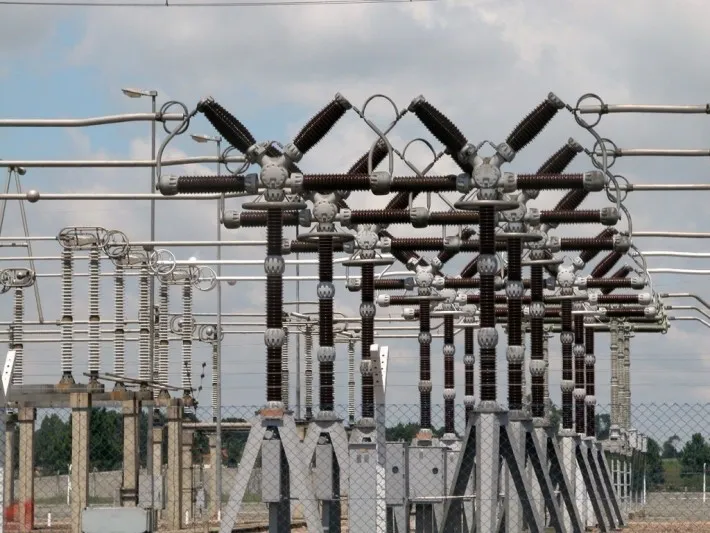Despite being Africa’s biggest economy, Nigeria has the world’s largest electricity access gaps, with nearly half of the population, 90 million people, still lacking reliable electricity.
Energy poverty has proven to limit national growth. The unreliable supply of electricity has cost Nigeria an estimated sum of $29 billion annually in lost productivity. Solving this challenge is crucial for improving livelihoods and unlocking economic development.
The Rural Electrification Agency (REA) has announced that it has already connected eight million Nigerians to electricity through the Nigeria Electrification Project (NEP). For the over 90 million people previously without access, these new connections represent progress in a bid to solve the problem.
The REA has also declared plans to reach an additional 17.5 million people within the next three years. International loans, including a $190 million co-financing deal with the Japan International Cooperation Agency (JICA), will add power for another 1.83 million Nigerians.
The initiative also includes electrifying universities, communities, and deploying 42 interconnected mini-grids, six of which are already operational.
At the basic level, the availability of electricity lightens homes and helps in the running of daily activities as well as powering gadgets that will enable one to know world occurrences.
Electricity access also drives small businesses, powers cold storage for farmers, enables digital learning in schools, and keeps hospitals running safely.
For rural communities in particular, reliable energy reduces dependence on costly generators, cuts pollution, and improves security at night. The eight million Nigerians newly connected now have opportunities that were previously out of reach.
Electricity also plays a vital role in reducing the level of insecurity in communities. Records of theft, kidnappings and accidents can be curbed when darkness is plunged out of an environment, thereby creating a safer and more stable environment.
While the NEP marks progress, another side of the coin will be the ability to renew electricity bills to avoid disconnection. Many Nigerians still face high electricity costs, which in most cases leads to total disconnection. Prepaid meter reading is also at a very fast consuming rate.
There’s an unreliable supply from the national grid and limited infrastructure for renewable energy. Past government projects have struggled with maintenance and poor oversight, raising concerns about whether gains will be sustained.
The REA’s private-sector-driven approach, where developers invest their own funds alongside government grants, is designed to address these issues. This model is believed to reduce the risk of abandoned or failing projects and promotes accountability.
A key breakthrough is Nigeria’s growing solar assembly capacity. In the previous administration, Nigeria had only 120 megawatts of solar manufacturing capacity, but at present, the figure has increased to over 600 megawatts, with projects underway to push it close to 3 gigawatts.
This expansion will reduce the dependence on imported panels, save foreign exchange, and create local jobs in the renewable energy sector.
Energy under previous governments
Nigeria’s past governments have taken different approaches to electrification, leaving rural communities behind. Under Obasanjo (1999–2007), the National Integrated Power Project invested heavily in energy plants and grid expansion, but little attention was paid to off-grid solutions.
Yar’Adua and Jonathan (2007–2015) advanced sector reforms, culminating in the privatisation of PHCN in 2013. Yet, while efficiency was the goal, rural electrification remained weak, and the Rural Electrification Fund underperformed.
Buhari’s administration (2015–2023) shifted focus toward renewable energy and off-grid projects through the Nigeria Electrification Project (NEP), supported by global partners.
However, implementation was slow, and solar capacity remained limited at around 120 megawatts. Many rural areas still depended on costly diesel generators, showing that reforms had not closed the massive electricity gap.
In contrast, the Tinubu administration (2023–present) has accelerated progress with a private-sector-driven model.
The NEP has already connected eight million Nigerians, with targets to reach 17.5 million more within three years. Solar assembly has risen to over 600 megawatts, with projects aiming toward three gigawatts.
Unlike past grid-heavy and government-dominated efforts, today’s approach emphasises mini-grids, solar home systems, and local manufacturing, leading to a decisive shift toward sustainability and inclusivity.
Summary not available at this time.






